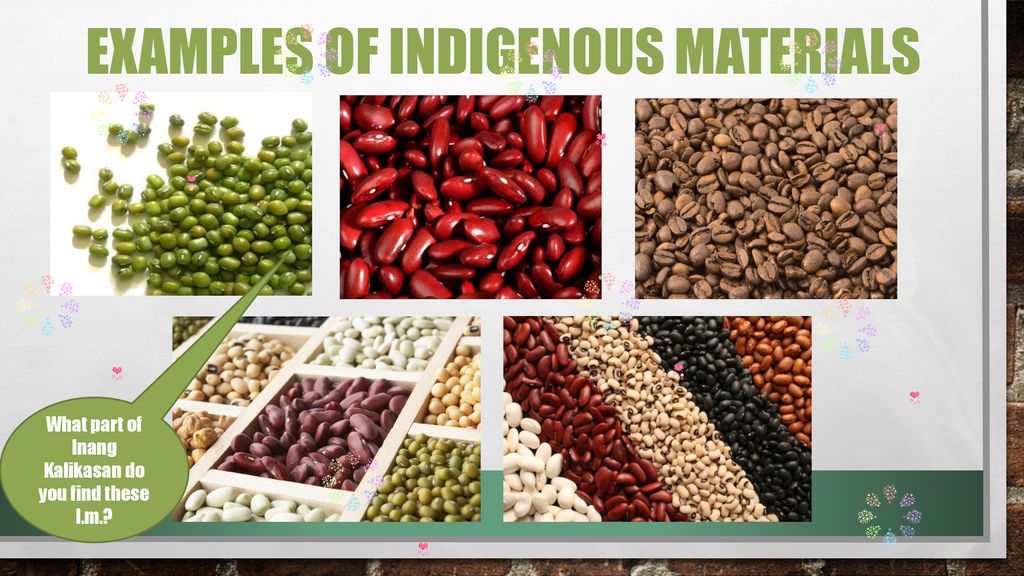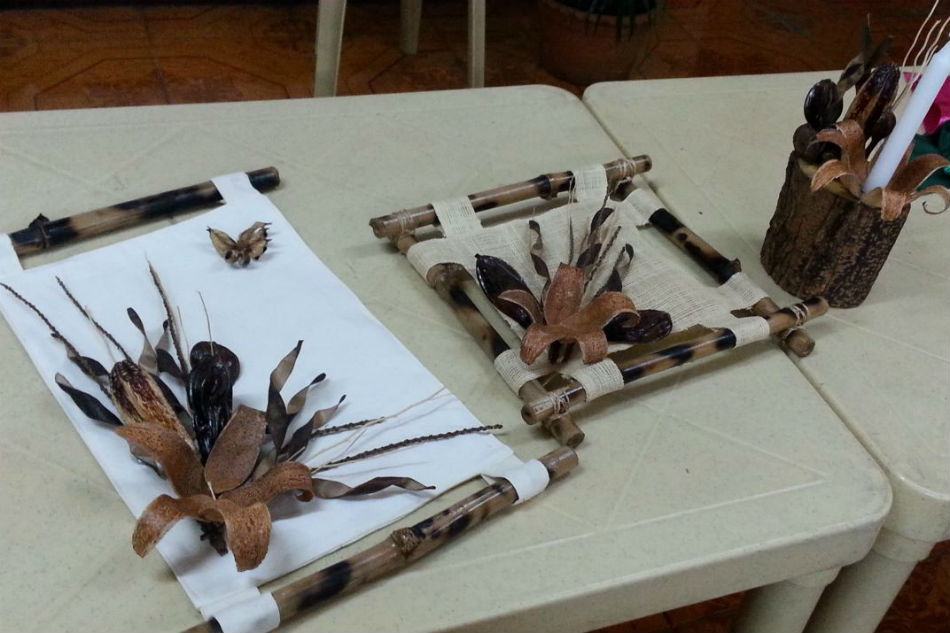
Beyond Paper: Charting Ancient Worlds with Indigenous Map Materials at The Global Cartography Institute
Forget the grid lines and sterile GPS coordinates. At The Global Cartography Institute, nestled in the heart of a city renowned for its cultural institutions, the very ground beneath your feet shifts, inviting you into a world where maps aren’t just representations of space, but living narratives woven from the earth itself. This isn’t merely a museum; it’s a portal to understanding how humanity has charted its existence long before paper and ink became commonplace. My recent visit was less a tour and more an immersion into the profound ingenuity and spiritual connection embedded within indigenous mapping traditions, particularly focusing on the astonishing array of materials used.
Stepping into the Institute, the atmosphere immediately signals a departure from conventional exhibits. The architecture blends modern design with echoes of ancient structures, creating a space that feels both contemporary and deeply reverent. Light filters in, illuminating displays that challenge every preconceived notion of what a map should be. The initial gallery, "The Earth as Canvas," sets the stage, introducing the radical concept that for indigenous peoples, the map wasn’t separate from the land; it was the land, its stories, its resources, and its spirits, materialized in forms intimately connected to their environment. This is where the discussion of materials truly begins, not as an afterthought, but as the very foundation of cartographic knowledge.
The Institute’s brilliance lies in its curated exploration of diverse indigenous cultures, each demonstrating unique approaches to mapping, primarily dictated by the materials readily available and the specific environmental challenges they faced.
Pacific Navigators: The Ingenuity of Stick Charts
One of the most breathtaking sections is dedicated to the ancient navigators of the Marshall Islands and other Pacific cultures. Here, the maps are not flat representations but three-dimensional structures known as Rebbelib or Meddo stick charts. The materials are deceptively simple: palm fronds, often from coconut trees, meticulously lashed together, with cowrie shells or small pieces of coral representing islands. The palm fronds themselves are not arbitrary lines; they depict the complex, subtle patterns of ocean swells, wave refraction, and currents – knowledge vital for navigating vast stretches of open water without land in sight.
The exhibit showcases replicas, alongside historical examples, demonstrating how these charts were not used during a voyage in the same way a modern sailor uses a chart. Instead, they were teaching tools, mnemonic devices. Navigators would memorize the patterns, internalizing the feel of the ocean currents that the sticks represented. The materials themselves – resilient palm and durable shells – speak to the harsh, salty environment they were born from, while their three-dimensional nature captures the dynamic, ever-changing reality of the sea. It’s a profound testament to observation, memory, and the ocean as a living, breathing entity.
North American Plains: Hides, Pigments, and Portable Knowledge

Moving into the "Journeys of the Plains" gallery, the materials shift dramatically. Here, the maps are often rendered on animal hides – buffalo, deer, or elk skin – tanned and prepared to serve as durable, portable canvases. Natural pigments derived from berries, minerals, and charcoal were used to illustrate geographical features like rivers, mountains, and trails, as well as crucial elements like water sources, hunting grounds, and tribal territories.
These hide maps, some dating back centuries, are not just spatial guides; they are historical documents. They often depict significant events, battle routes, migration patterns, and sacred sites. The very act of hunting the animal, preparing the hide, and then adorning it with the landscape reflects a deep spiritual and practical connection to the land and its resources. The pliability and durability of the hide made these maps ideal for nomadic or semi-nomadic peoples, easily rolled and transported. The Institute’s collection includes fascinating examples that show how individual family or tribal histories are interwoven with geographical information, turning a simple map into a rich tapestry of cultural memory.
Australian Aboriginal Dreamings: Sand, Bark, and Rock
The section on Australian Aboriginal mapping is particularly evocative, highlighting the ephemeral and the eternal. The primary materials here are often not preserved artifacts but the land itself: sand, etched with patterns during ceremonies to teach routes and stories; rock faces, adorned with intricate art depicting sacred sites, ancestral journeys (Songlines), and resource locations; and bark, harvested from trees and painted with natural ochres.

The concept of "Songlines" – invisible pathways across the land, followed by ancestral beings during the Dreamtime – is central. These "maps" are sung, danced, and painted, embodying the landscape in a multi-sensory experience. The materials reflect this: sand, easily manipulated and erased, perfect for teaching and storytelling; bark, a natural canvas from the trees that punctuate the landscape; and rock, the enduring testament to millennia of connection to country. The Institute presents breathtaking photographic reproductions of rock art sites and intricate bark paintings, alongside interactive digital displays that allow visitors to "walk" a Songline, listening to the narratives that accompany the visual map. It emphasizes that for many Aboriginal cultures, the map is not an object but an ongoing performance and a shared understanding of the spiritual and physical landscape.
Mesoamerican Codices: Amate Paper and Deerskin
The journey continues to Mesoamerica, where the Institute unveils stunning replicas of pre-Columbian codices. These intricate books, often accordion-folded, served as complex cartographic, historical, and calendrical records. The materials used were highly sophisticated: amate paper, made from the inner bark of fig trees, or meticulously prepared deerskin, both offering a smooth, durable surface. On these, scribes and artists applied vibrant natural dyes derived from plants, insects, and minerals.
The maps within these codices charted not just physical territories, but also cosmological realms, tribute routes, ceremonial processions, and the movements of celestial bodies. They were dense with symbols, glyphs, and pictorial narratives. The quality of the materials and the artistry involved indicate that these were precious documents, often created and maintained by elite scribes or priests. The exhibition highlights how these materials allowed for a level of detail and complexity that speaks to advanced societies with sophisticated administrative and spiritual systems. The resilience of amate and deerskin, despite the ravages of time and conquest, allowed these invaluable records to survive, offering glimpses into ancient worldviews.
Inuit Tactile Maps: Wood and Bone for the Arctic Navigator
Finally, the Arctic gallery presents an extraordinary example of tactile mapping from the Inuit people. Here, the maps are often carved from driftwood or bone, sometimes even ivory. These aren’t visual maps to be spread out and studied, but three-dimensional, portable objects designed to be felt. The undulating contours of the carved wood or bone represent coastlines, islands, and major geographical features.

These "portable maps" were particularly useful for navigators traveling in conditions of low visibility – during blizzards, fog, or the long Arctic night. A hunter or traveler could run their fingers along the carved surface, mentally orienting themselves to the shoreline features they were navigating. The choice of materials – readily available driftwood, robust bone or ivory – speaks to the ingenuity of survival in an extremely harsh environment. It underscores how the material itself could be adapted to serve a very specific, practical need, creating a map that transcends sight to engage another sense entirely.
The Enduring Message: Beyond the Physical Materials
Wandering through these diverse exhibits, a profound realization settles in: the materials used for indigenous maps are never accidental. They are chosen for their availability, their durability, their ability to convey specific information, and their deep connection to the land and spirit of the people who created them. The Global Cartography Institute doesn’t just display these artifacts; it educates visitors on the why behind the what. Interactive displays, elder narratives (through audio guides and video interviews), and replica workshops (where visitors can try their hand at knotting a stick chart or painting on bark) make the experience deeply immersive.
This visit wasn’t merely about appreciating ancient craft; it was a powerful lesson in alternative epistemologies. Indigenous maps, irrespective of their material, are rarely just about "where is X?" They are about "who are we in relation to X?", "what stories connect us to X?", and "how do we live sustainably with X?" They embody holistic knowledge systems where geography, history, spirituality, and survival are inextricably linked. The Institute masterfully conveys that these materials – be they palm fronds, animal hides, river stones, bark, or carved wood – are not merely substrates, but active participants in the cartographic process, carrying cultural weight and environmental wisdom that transcends the simple depiction of space.
For any traveler seeking a deeper understanding of human ingenuity, cultural diversity, and the profound ways we connect with our environment, The Global Cartography Institute is an indispensable destination. It transforms the concept of a map from a static, two-dimensional image into a dynamic, living testament to humanity’s enduring quest to understand and navigate the world, using the very fabric of the earth as its guide. It’s a journey that leaves you looking at the world, and indeed at maps, with entirely new eyes.



